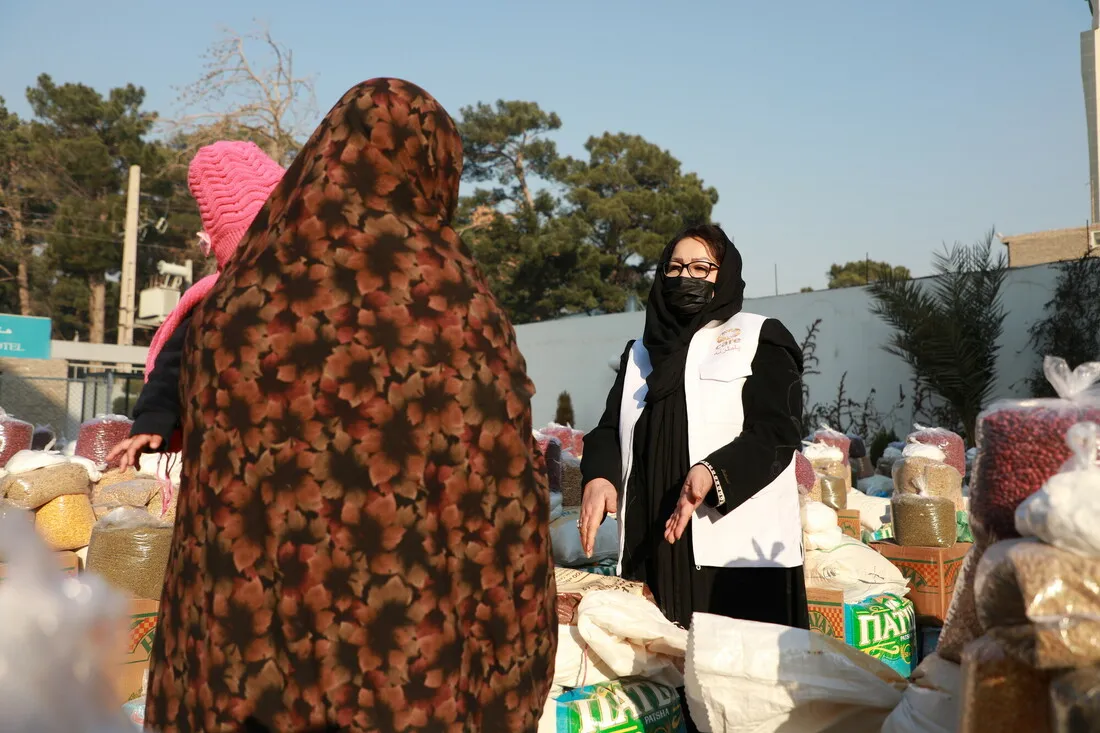CARE began working in Afghanistan in 1961 and has had continuous operations in the country since 1989. CARE leverages its decades of experience working in complex humanitarian settings and negotiating humanitarian access to continue responding to needs in Afghanistan. CARE’s programs in Afghanistan focus on women’s social and economic empowerment, health care, livelihood assistance and providing vulnerable households with cash assistance, winter kits and essential food items.
About the Crisis in Afghanistan
The security situation in Afghanistan continued to deteriorate in August 2021 when the country experienced a change in power and many feared that hard-won development gains, particularly for women and girls, would disappear.
According to the UN, more than 393,000 fled their homes in the first month, in response to escalating conflict, on top of 3.5 million people already displaced. Most are remaining in the country and as close to their homes as fighting will allow. Nearly all refugees lack food, water, and healthcare, and more are arrived every day.
Millions are food insecure. Factors include ongoing drought, as well as conflict, COVID-19, high food prices, and rampant unemployment.
Finally, more than 183,000 COVID-19 cases have been reported in Afghanistan, but the number is suspected to be much higher due to limited testing. The Afghan health system is no match for the crisis, with only 300 ventilators in the entire country. In addition, the responsibility of caring for family members falls primarily on women, even if they are sick themselves.
The situation worsened when a 6.1 magnitude earthquake struck on June 21, 2022, killing more than 1,000 people and destroying hundreds of homes, straining an already weakened healthcare system.

